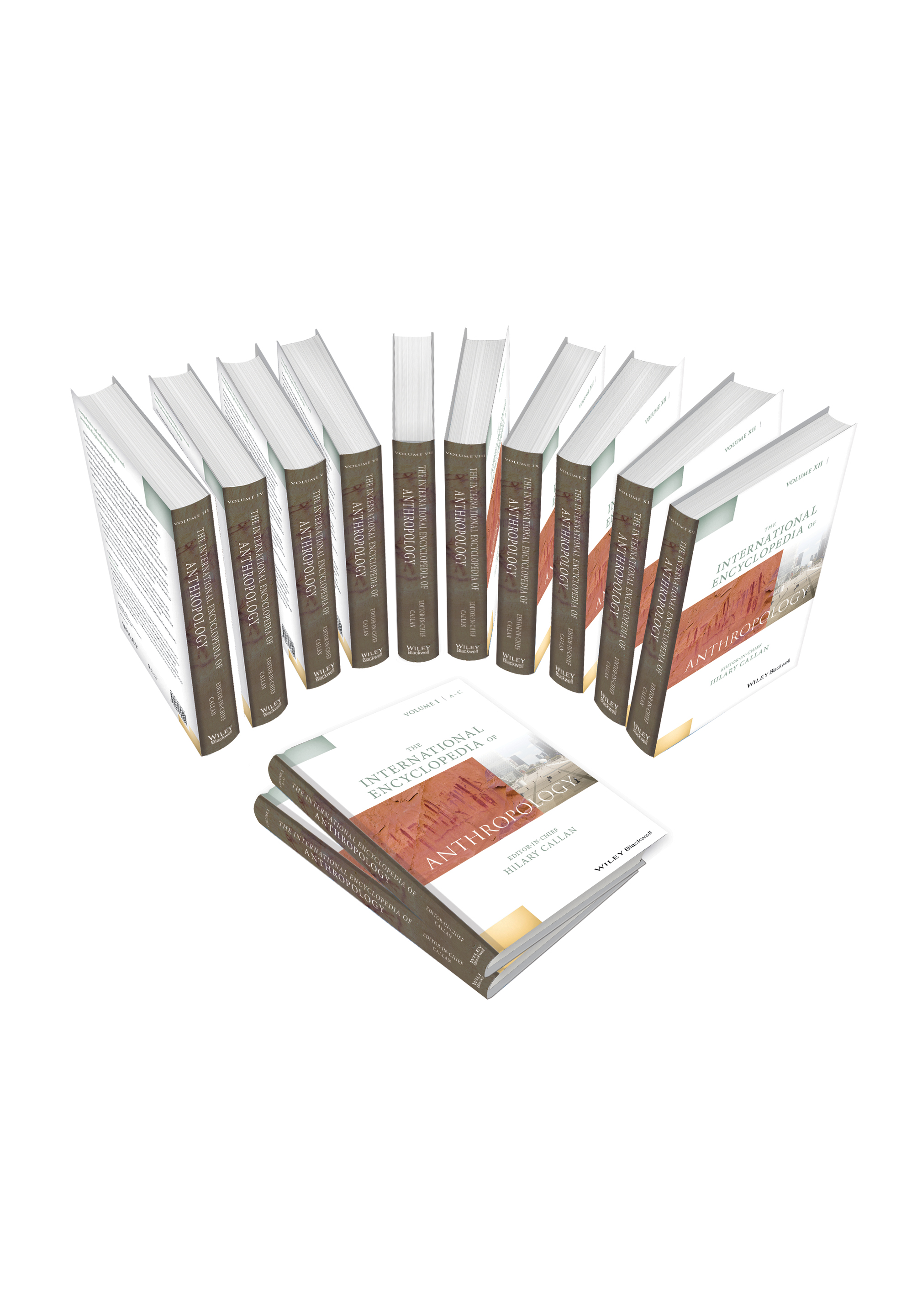Food-Sharing Models
Abstract
Food sharing is one of the most obvious forms of cooperation among hunter-gatherers and is intricately linked to the evolved human life history and foraging niche; it is also observed in other primates. Theoretical models of food sharing go back to the asymmetric Hawk–Dove game, wherein the individual who derives greater value from a resource should be more willing to fight over it (Hawk), whereas the other defers (Dove). When humans or other primates produce large resources with diminishing returns to consumption, most portions of the food have greater subjective value to nonowners than to owners and should therefore be shared (tolerated scrounging). If sharing can be selective, owners may derive additional benefits from sharing with kin or reciprocating partners. Production of shareable items may be facilitated by mutualism, sharing norms, and costly signaling. Modern empirical tests show how these models combine to make food sharing an adaptive strategy.



